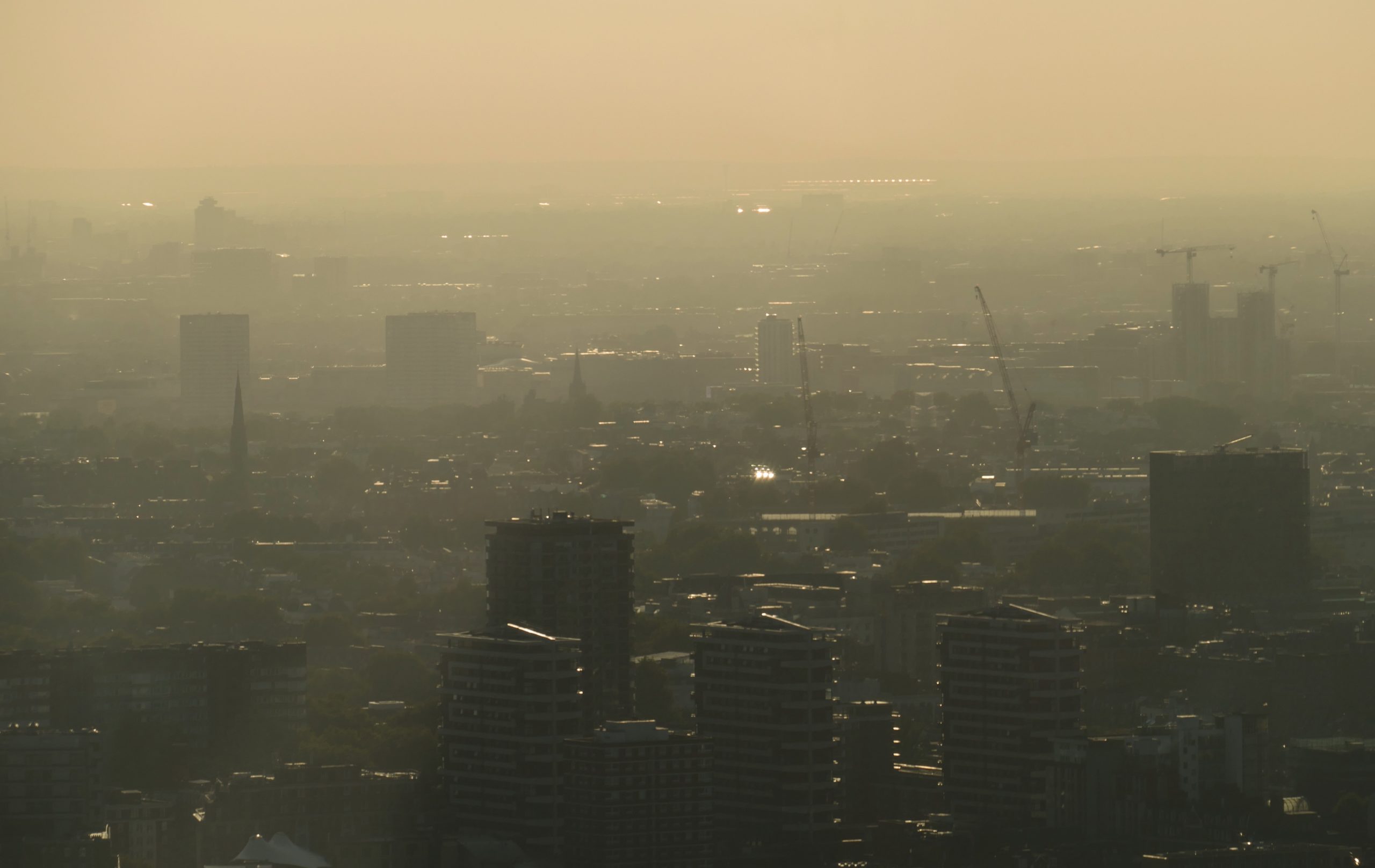October 8th 2020 marked Clean Air Day 2020 , the UK’s largest air pollution campaign led by Global Action Plan, a charity working towards a “green and thriving planet.”
Last year’s celebrations saw more than 3,700 organisations and hundreds of thousands people across the UK take part in 614 events.
The campaign aims to bring together communities, businesses, schools and health professional to combat air pollution.
It also aims to raise awareness about air pollution and it’s damaging effect upon our health, by providing actionable steps we can all take to improve air quality.
While the nationwide campaign usually takes place in June, it was postponed to October due to the pandemic with a lot of the activities taking place virtually this year.
Air pollution is a growing and pressing problem which affects the health of millions of people, from unborn babies to the elderly.
The problem is particularly acute in bustling cities like Leeds, one of Europe’s most polluted urban areas.
Research has shown that people living in UK cities and towns such as Leeds are “25 times more likely” to die from air pollution than road traffic road accidents.
Around 300 people die each year, due to long term exposure to toxins in the air such as tiny PM2.5 particles.
These particles come from a range of sources such as petrol/diesel vehicles and wood burning stoves. Due to their size, they can easily enter the lungs and circulatory system. This can subsequently increase the risk of serious illnesses and worsen many existing conditions such as respiratory disorders.
What is the University of Leeds doing to tackle this problem ?
In 2017, the former Vice-Chancellor, Sir Alan Langlands signed the Clean Air Leeds pledge to demonstrate the University’s commitment to improving air quality in the city and encourage behavioural change at both an organisational and individual level.
Dr Kirsty Pringle and Dr Jim McQuaid, both from the School of Earth and Environment are taking part in a new Born in Bradford (BiB) research programme funded by the National Institute for Health Research.
The study, called BiB Breathes works with primary school children across Bradford to measure the levels of pollutions and the overall impact upon health.
Dr Pringle stated “the University of Leeds is currently working on ways to develop low-cost portable particulate matter sensors,” that students can easily carry around with them on their commute to and from school at regular intervals over a two-year period.
She went on to add that: “The idea is that we will measure before and after the planned introduction of Bradford Clean Air Zone that aims to reduce air pollution in the city centre. Then we can investigate the effect that the Clean Air Zone has on children’s exposure to pollution, and the BiB team can look at additional health factors and examine if children’s health improves.”
Dr McQuaid, emphasised the effects of air pollution on children and unborn babies: “Overall, it’s very difficult to quantify, but everything suggests that a child growing up exposed to air pollution is not going to live as long a life.”
What can students do?
We spoke to Meegan, a third-year sustainability and environmental management student, who is working at Born in Bradford as an air quality research assistant. She shared some practical ways that students can tackle air pollution:
- Be self-aware of how you travel to places and what your pollution output is
- Do more research about air quality, it doesn’t have to be in too much depth but of you know the health risks around breathing polluted air that would raise your awareness of what is happening.
- Contact your local MP about your concerns about your concerns around air pollution and assure you that the council will do more to help with this.
Dr Pringle also shared some of her own tips for students:
“Cars are clearly an important source of air pollution, especially in the city centre, for those students that do drive it is worth considering if you can either walk or bike for short journeys instead of driving. “
“Fires are actually a big source of pollution; in winter woodburning stoves create a lot of pollution especially on cold still winter days when the pollution tends to accumulate at the surface, close to where it is emitted, leading to high concentrations of pollutants. This is important as of course it is air near the surface that we breathe!”
Photo credit: Frederick Tubiermont / Unsplash

